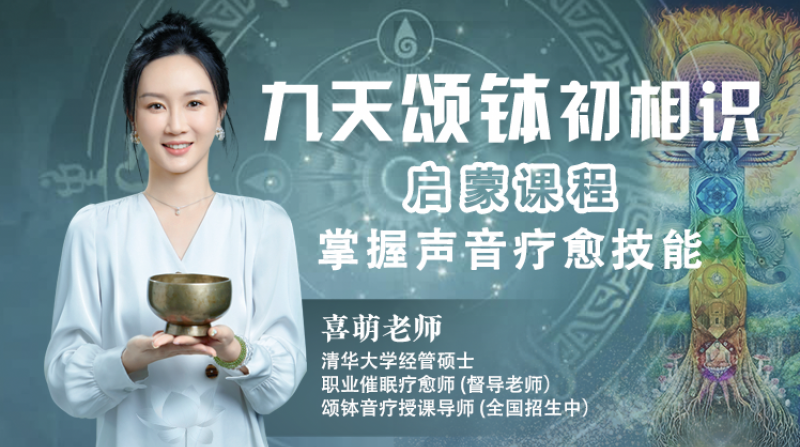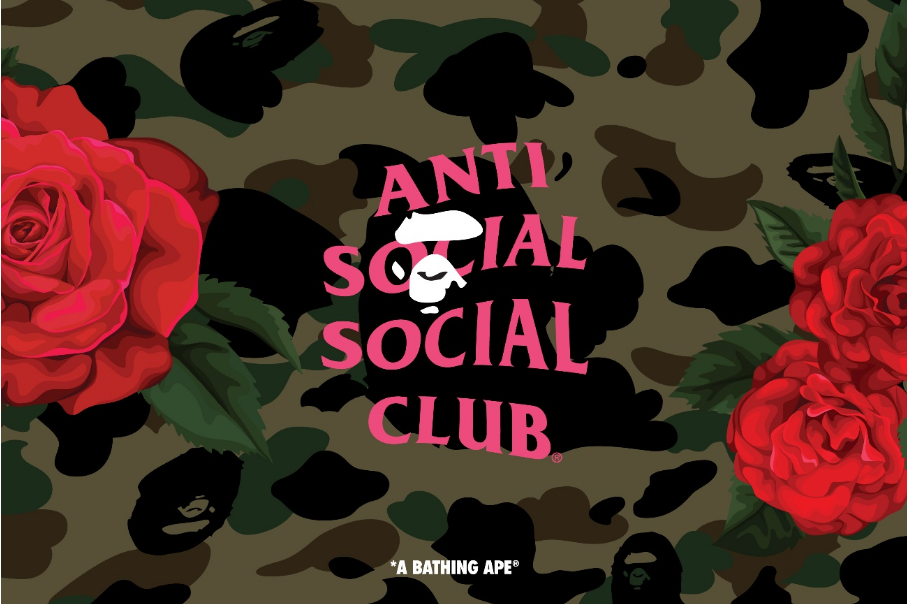
在我国,距今5000-4000年,相当于尧舜禹传说年代。古文献上记载其时人们已开端冶铸青铜器。首要是铜锡合制的青铜器物,简称“铜器”。包含有炊器、食器、酒器、水器、乐器、车马饰、铜镜、带钩、武器、东西和衡量衡器等。呈现并流行于4000年前直到秦汉年代,以商周器物最为精巧。开端呈现的是小型东西或饰物,夏代始有青铜容器和武器。商中期,青铜器品种已很丰厚,并呈现了铭文和精密的斑纹。商晚期至西周前期,是青铜器开展的鼎盛时期,器型多种多样,淳厚凝重,铭文逐步加长,斑纹烦琐绮丽。随后,青铜器胎体开端变薄,纹饰逐步简化。春秋晚期至战国,因为铁器的推行运用,铜制东西越来越少。秦汉时期,跟着陶器和漆器进入日常日子,铜制容器品种削减,装修简略,多为素面,胎体也更为轻浮。
In China, 5000-4000 years ago, it is equivalent to the legend of Yao, Shun and Yu. According to ancient documents, people began to forge bronzes at that time. It is mainly bronze ware made of copper and tin, which is called "bronze ware" for short. Including cooking utensils, food utensils, wine utensils, water utensils, musical instruments, chariots and horses, bronze mirrors, hooks, weapons, tools and weighing instruments. It appeared and became popular 4000 years ago until the Qin and Han Dynasties, with the most exquisite artifacts in Shang and Zhou dynasties. At first, small tools or ornaments appeared, and bronze containers and weapons began to exist in Xia Dynasty. In the middle of Shang Dynasty, there were many kinds of bronzes with inscriptions and fine patterns. From the late Shang Dynasty to the early Western Zhou Dynasty, it was the heyday of the development of bronzes. The types of bronzes were various, thick and dignified, the inscriptions gradually lengthened, and the patterns were colorful. Later, the carcass of the bronzes began to thin and the ornamentation gradually simplified. From the late spring and Autumn period to the Warring States period, due to the promotion and use of iron, there were fewer and fewer copper tools. In the Qin and Han Dynasties, with the ceramics and lacquerware entering the daily life, the variety of copper containers decreased, the decoration was simple, mostly plain, and the carcass was lighter.
青铜器的首要几大分类为:食器、酒器、水器、乐器、武器、礼器。其间食器中较为知名的便是鼎了,鼎在古代被视为立国重器,是国家和权利的标志。直到现代,我国人依然有对鼎的崇拜认识。酒器中最知名的便是爵了,爵亦称爵杯。流行于夏、商,铜爵流行于商和西周,西周今后便稀有爵杯的踪影,到了秦汉时期,人们简直不知爵为何物。水器中咱们能耳熟能详的便是壶,春秋战国是青铜壶的昌盛时期,型式有七种:方壶、圆壶、提梁壶、扁壶、钫、高柄小方壶、匏。乐器中小编看到最多的便是编钟,编钟归于打击乐器(宫殿雅乐),面较大而薄,多为弧形,根部凹进,边部稍作翘起,常常会呈现在春秋战国电视剧里。武器中,小编想到的便是钺,它呈现于春秋战国时期,是标志权利的刑器和礼器,在战国时期很多运用。因为斧钺其杀伤力不如戈矛,在春秋时期实战中的位置已大幅度的下降,已多用于仪仗、装修之需,以作为军权的标志。礼器中分类掺杂,因为礼制的加强,一些用于祭祀和宴饮的器物,被赋予特别的含义,成为礼制的表现,这便是所谓“藏礼于器”。这类器物叫作“青铜礼器”,简称“礼器”,或称“彝器”。 青铜礼器可分为六大类:炊器、食器、酒器、水器、乐器和杂器。
The main categories of bronze ware are: food ware, wine ware, water ware, musical instrument, weapon, ritual ware. One of the most famous food utensils is the tripod, which was regarded as the most important utensil in ancient times and the symbol of state and power. Until modern times, Chinese people still have the consciousness of worshiping tripod. The most famous wine vessel is Jue, also known as Jue cup. Popular in Xia, Shang, copper Jue popular in Shang and Western Zhou, after the Western Zhou Dynasty rare Jue cup trace, to the Qin and Han Dynasties, people almost don't know what Jue is. In the water vessel, we can hear the kettle well. The spring and autumn and Warring States period is the prosperous period of bronze kettle. There are seven types: square kettle, round kettle, teapot, flat kettle, francium, small square kettle with high handle and Pao. The most commonly seen small and medium-sized musical instruments are chimes, which are percussion instruments (court music) with large and thin faces, mostly arc-shaped, concave roots and slightly raised sides, often appearing in spring and autumn and Warring States TV dramas. Among the weapons, Xiaobian thought of the Yue, which appeared in the spring and Autumn period and the Warring States period. It was a symbol of power and a ritual weapon, which was widely used in the Warring States period. As the axe axe is not as powerful as the spear, its position in the actual combat in the spring and Autumn period has been greatly reduced, and it has been used for the need of honor and decoration as a symbol of military power. Due to the strengthening of ritual system, some utensils used for sacrifice and banquet are endowed with special significance and become the embodiment of ritual system, which is the so-called "hiding rites in utensils". This kind of utensil is called "bronze ritual ware", which is called "ritual ware" for short, or "Yi ware". Bronze ritual vessels can be divided into six categories: cooking utensils, food utensils, wine utensils, water utensils, musical instruments and miscellaneous utensils.
轩宇艺术有幸征得一件清代铜锤,此为清代铜锤,色呈古黄,重:100.7g长: 15.5cm 宽:5.2cm,形如镰刀,锤身上宽下尖,上刻有双弧圆纹,锤柄为窄,宽,细圆,上刻有多条垂直斜线,构成网格,造型独特,且选材精巧,做工精美,包老到代,器形美丽,把尾有瓜棱纹饰,品相保存无缺,有很高的赏识价值和保藏价值。
Xuanyu art has the honor to obtain a Qing Dynasty bronze hammer. This is a Qing Dynasty bronze hammer. The color is ancient Yellow, weight: 100.7g, length: 15.5cm, width: 5.2cm, shape is like a sickle. The hammer is wide on the top and sharp on the bottom, with double arc circular lines on the top. The handle is narrow, wide, thin and round, with several straight diagonal lines on it, forming a grid. The shape is unique, the material selection is excellent, and the workmanship is exquisite. The shape of the hammer is beautiful from the old age. The end has melon ribs The ornaments are well preserved and have high value of appreciation and collection.
明清时期,青铜器铸造技能有了很大进步,这中心还包含传统的泥范法,以及春秋战国时期逐步开展起来的失蜡铸造法,后者能够铸造出几十吨重的大钟。这一时期的铜器无论是钱银仍是日子器皿,黄铜都占有相当大的份额。纵观明清青铜器铸造业,青铜制品的品种首要是钱银、铜镜及铜造像等。
During the Ming and Qing Dynasties, the bronze casting technology has been greatly improved, including the traditional clay mold method and the wax loss casting method gradually developed in the spring and Autumn period and the Warring States period. The latter can cast dozens of tons of bells. In this period, brass accounted for a large proportion of both currency and living utensils. Throughout the Ming and Qing bronze casting industry, the main types of bronze products are currency, bronze mirrors and bronze statues.
近几年铜器在艺术品商场行情报价不断上涨,在拍卖场中也改写着行情,惊跳着藏家和投资者的心脏。铜器在我国现存数量多,艺术价值的铜器可谓是“一铜难求”。无论是造型仍是纹饰,都代表着古代日子、文明、崇奉、思维等信息,极具研讨价值。
In recent years, the price of copper in the art market has been rising, and the market has also been refreshed in the auction field, which has shocked the hearts of collectors and investors. There are a large number of bronzes in China, and the artistic value of bronzes can be described as "one copper is hard to find". Both modeling and decoration represent ancient life, culture, belief, thought and other information, which is of great research value.





